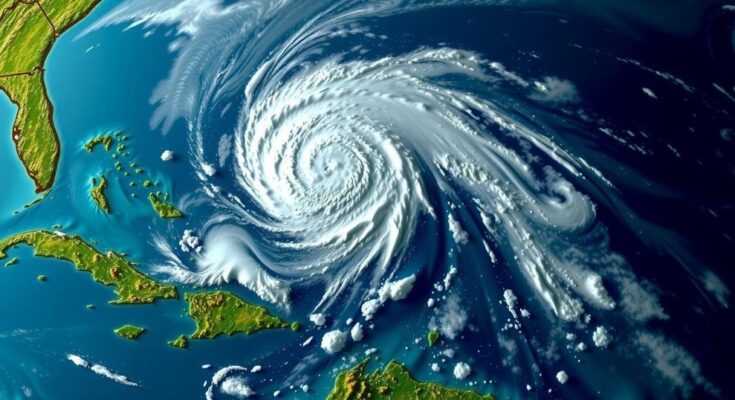The 2024 hurricane season ended with 18 named storms, 11 hurricanes, and five major hurricanes. The atypical behavior of storms, including rapid intensification, was observed, particularly in Hurricane Beryl. While damage was significant, advancements in early warning systems helped reduce fatalities. The Pacific also reported unusual storm activity, pointing to ongoing climate challenges affecting hurricane patterns.
The 2024 hurricane season concluded with a total of 18 named storms in the Atlantic, including 11 hurricanes and five major hurricanes of Category 3 or higher. This season was atypical compared to previous years, as highlighted by meteorologist Tom Kines, who stated, “This is by far, not your classic hurricane season.” The season saw notable storms including Hurricane Beryl, which rapidly intensified to a Category 5 and made landfall as a Category 1, and Hurricane Helene, which had devastating effects in North Carolina. The final storm, Tropical Storm Sara, appeared on November 14 before dissipating shortly after. Despite the season’s severity, advancements in warning systems contributed to fewer fatalities compared to previous years, underscoring the importance of hurricane preparedness and response strategies.
In addition to the storms in the Atlantic, the Pacific region experienced 11 named storms, including four hurricanes. Hurricane Kristy marked the first Category 5 hurricane in a non-El Niño year, indicating significant weather patterns that differ from historical trends. Meteorological experts emphasize that increasing climate-related factors continue to influence storm development and intensity, leading to more extreme weather events. As the season ends, the need for ongoing research and adaptation in response to evolving weather phenomena becomes more critical.
The 2024 hurricane season was marked by an unusual number of storms, notably the impact of climate change on storm behavior. The season began on June 1 and concluded on November 30. It featured several notable storms including Hurricane Beryl, which rapidly escalated in intensity and broke records for early season strength. Additionally, the response to storms such as Hurricane Helene highlighted the effectiveness of modern warning systems, which have become crucial in mitigating the impacts of hurricanes. The Pacific also reported significant activity, demonstrating that storm patterns are becoming increasingly erratic and unpredictable due to shifting climate dynamics.
The 2024 hurricane season was characterized by a remarkable number of storms, with historic intensification and impacts. Despite the challenges posed by the season, improvements in hurricane monitoring and warning systems played a vital role in reducing the numbers of fatalities. The occurrence of multiple major storms across both the Atlantic and Pacific highlights the urgent need for continued adaptation to environmental changes, addressing the complexities of climate change in relation to severe weather events. The insights gained from this season will be essential for future preparedness and response strategies.
Original Source: www.upi.com




